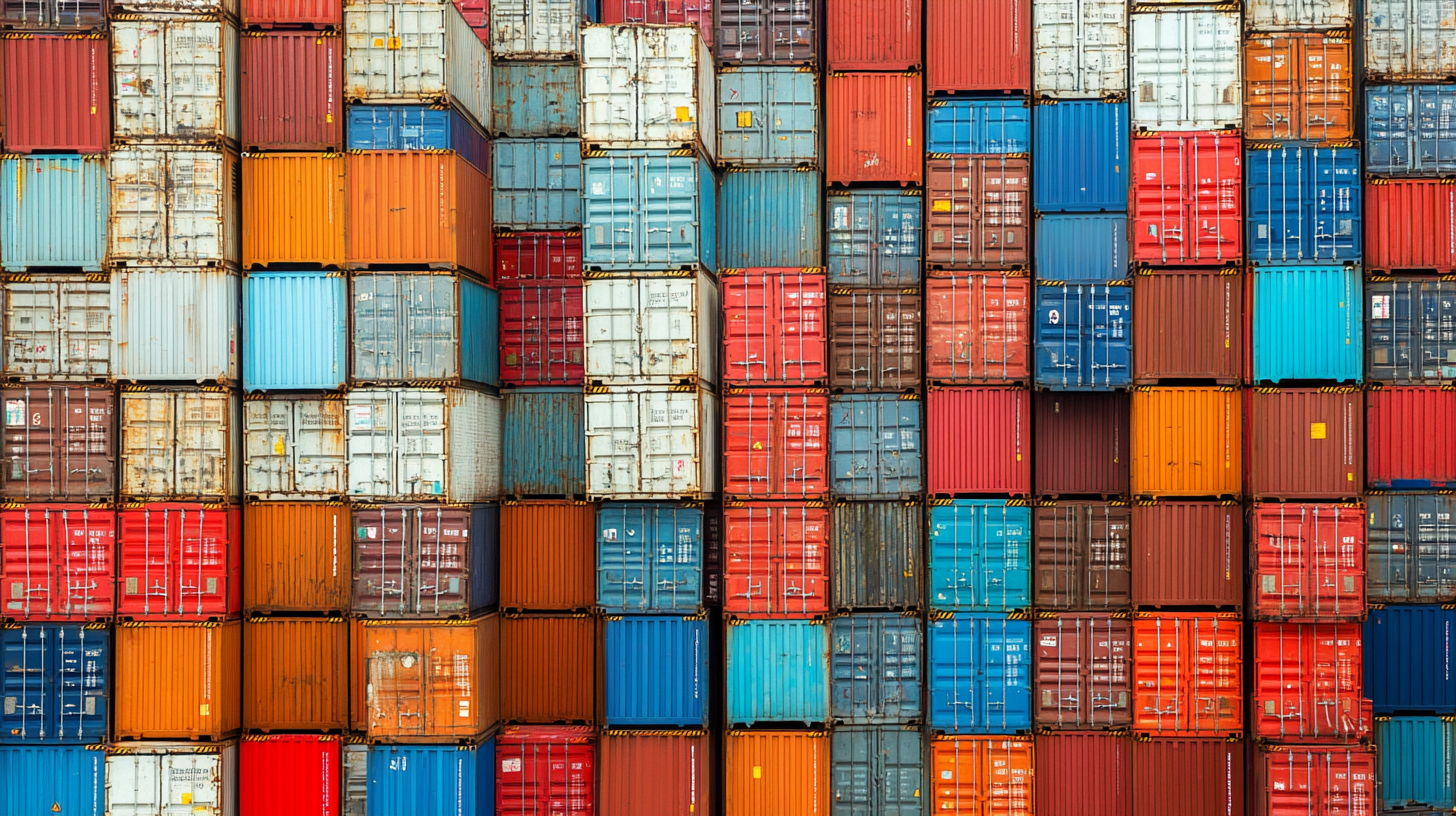
Border security efforts
Securing the borders of the United States is no easy feat. In reality, it’s akin to navigating a challenging wave while avoiding sharks. The U.S. Customs and Border Protection (CBP) works tirelessly every day to ensure that no one slips through unnoticed. With a workforce exceeding 60,000, they monitor the land, sea, and air, keeping tabs on everything from contraband to unauthorized entries.
For Australian exporters, this implies that your products are being closely monitored as they enter the U.S. Whether it’s produce, minerals, or even a new shipment of Vegemite, the CBP guarantees that all items meet U.S. standards. They are not solely focused on obvious illegal items – they also inspect cargo for biosecurity hazards, counterfeit products, and compliance with fair trade practices.
And don’t be fooled into thinking they’re simply observing from a distance. The CBP employs a variety of enforcement methods, from direct inspections at entry points to intelligence-led operations that monitor suspicious activities well before goods reach U.S. territory. They collaborate extensively with global partners, including Australia, to exchange information and address worldwide security concerns. This collaborative approach makes sense, given the vastness of the world and the challenges of monitoring it alone!
So, whenever you’re sending your products across the ocean, keep in mind – the CBP is on the lookout, ensuring everything is in order. It’s a hefty responsibility, but someone must undertake it, and they’re doing so with a level of accuracy that would impress even the most skilled surfers.
Technological innovations in border safety
If you believed that border security relied solely on personnel, reconsider. The U.S. Customs and Border Protection (CBP) has been harnessing the power of technology to stay ahead of challenges. We’re referencing some incredibly advanced equipment that makes standard surfboards look outdated.
First, there’s the employment of drones and surveillance technologies. These are not the consumer drones for capturing beach photos – we’re discussing unmanned aerial systems (UAS) capable of monitoring extensive areas of land and ocean. They come fitted with high-definition cameras and sensors, providing constant surveillance. For Australian exporters, this means that if your shipment is taking a longer route, it remains under observation well before reaching U.S. shores.
Next, the deployment of biometric technologies at entry points is noteworthy. Say goodbye to traditional passport stamps – CBP is now utilizing facial recognition and fingerprint scanning for the verification of travelers and cargo handlers. It’s comparable to a high-tech surf check at the airport, confirming the identity of all persons and items. For exporters, this adds an additional layer of security, ensuring your products are managed by reliable entities.
Moreover, we must highlight the sophisticated data analytics and AI-powered systems. These tools enable the CBP to process vast amounts of data, recognizing patterns and identifying potentially suspicious behavior. Whether it’s an atypical shipping route or a questionable invoice, the system can detect it more swiftly than you can say “G’day.” This capability helps the CBP to proactively address security threats while ensuring that legitimate commerce – including your premium Australian products – proceeds seamlessly.
So, while you’re enjoying your time catching waves in Australia, have confidence that the CBP is utilizing some of the leading technology available to maintain border security. It’s all about staying ahead of the game, and they’re accomplishing it with a level of precision that would make any professional surfer proud.
